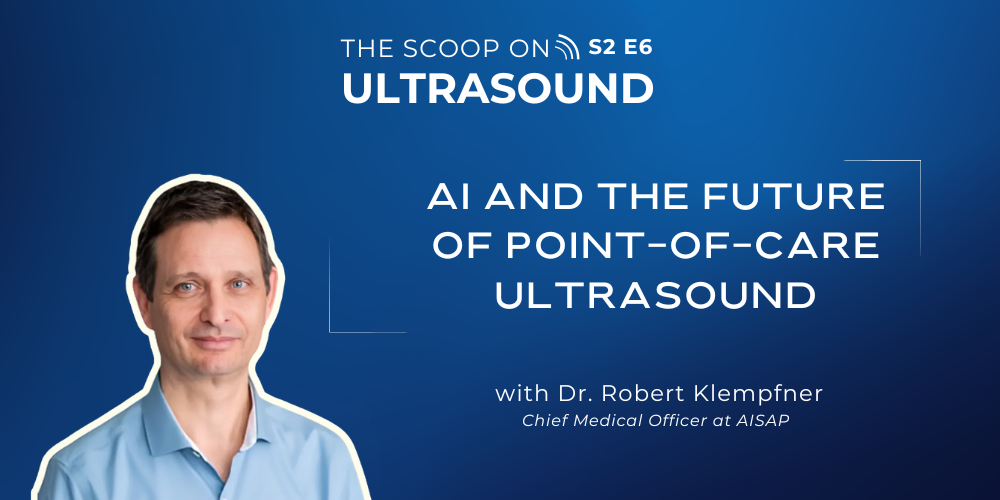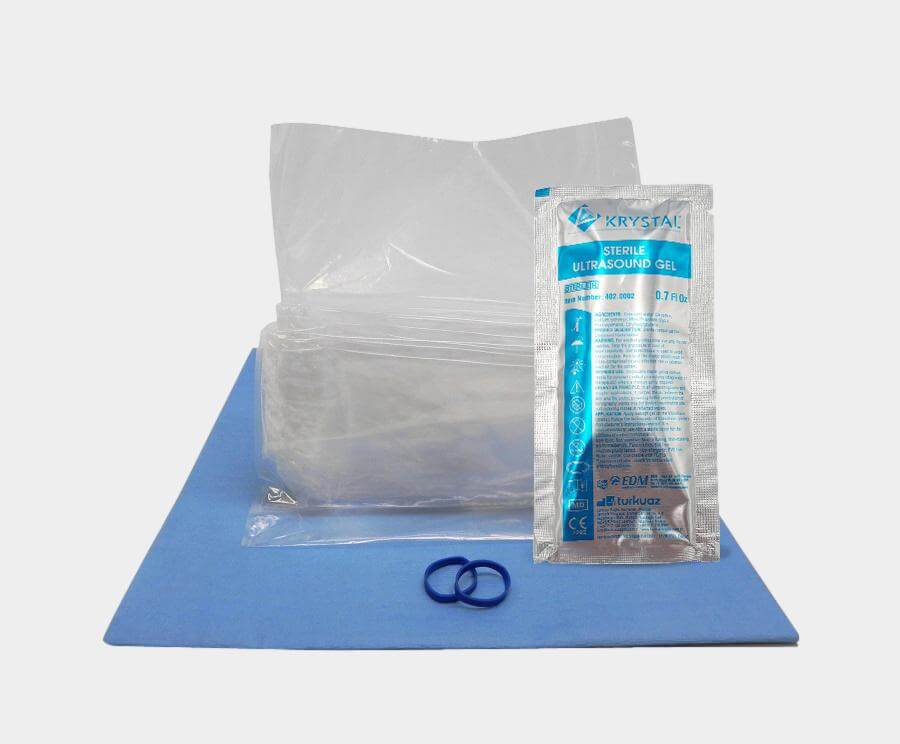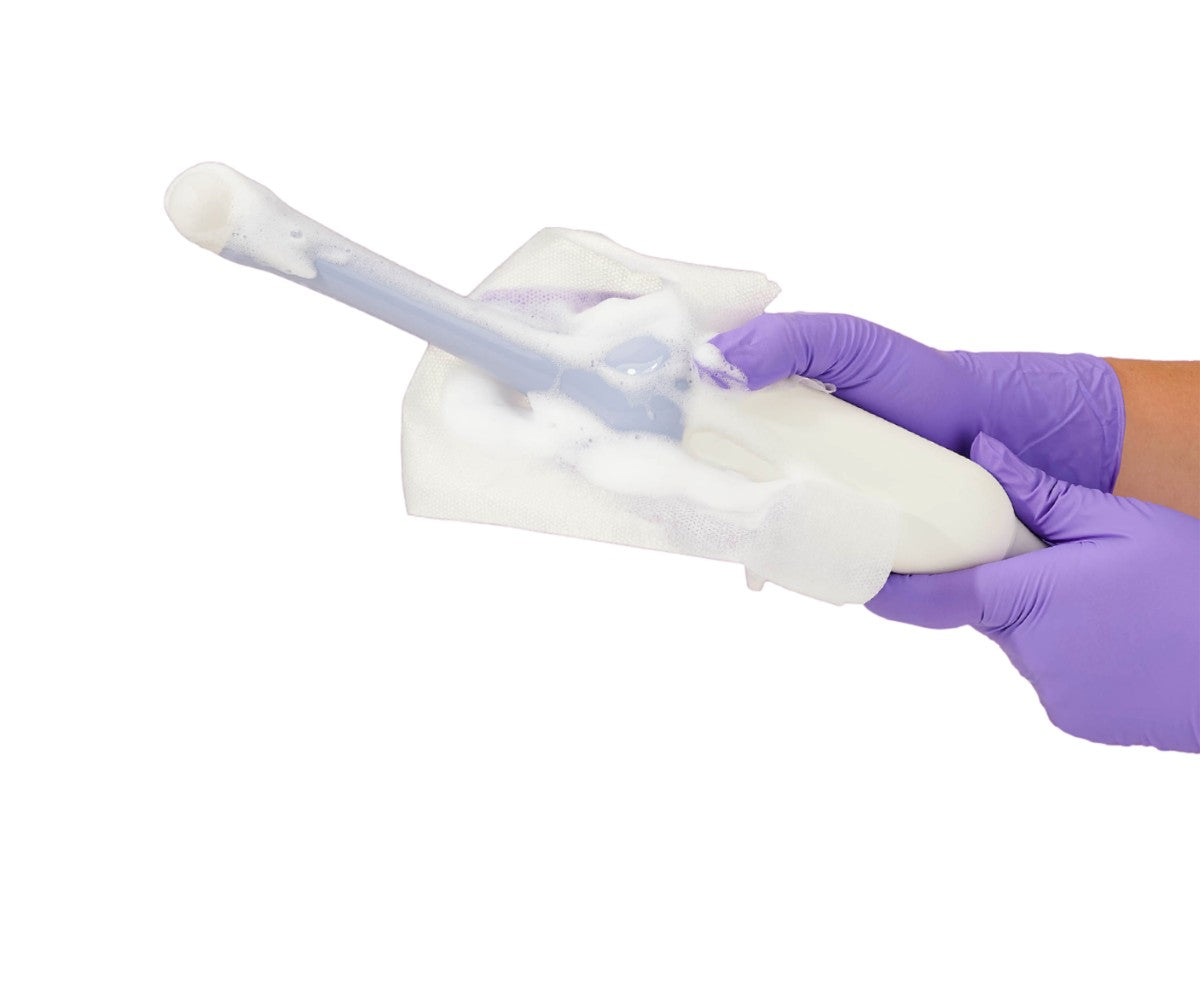In this exciting episode of The Scoop on Ultrasound, we explore the evolving role of AI in point-of-care ultrasound (POCUS) with the help of AISAP, a leader in AI-driven healthcare solutions.
Dr. Robert Klempfner, Chief Medical Officer of AISAP and a specialist in cardiac care and AI integration, shares how the POCAD platform is helping non-expert clinicians make more accurate diagnoses in a variety of settings—from outpatient clinics and emergency departments to more unconventional locations like cruise ships.
Built on a database of over 150,000 patients and backed by FDA clearance for 12 diagnostic modules, the POCAD platform demonstrates how AI can enhance ultrasound accessibility and precision in patient care.
Join us for a closer look at the ways AI in ultrasound is supporting clinicians and improving patient outcomes.
Emmanuel Soto: Could you share about the POCAD platform? How does that platform seek to enhance the diagnostic process for cardiac care?
Dr. Robert Klempfner: POCAD stands for Point of Care Assisted Diagnosis, and that’s exactly what we aim to achieve. We want to be at the point of care, assisting physicians who are non-experts. Our goal is to support them regardless of whether they are using a handheld device or a cart-based system, regardless of the vendor, and regardless of the clinical scenario. This could be in an outpatient clinic, on a cruise ship, or in a busy inner-city emergency department or critical care unit.
What really drove us are the gaps I mentioned earlier. How do we use educational tools to help physicians acquire better images? And once they have those images, how do we empower these non-expert physicians with AI to improve their diagnostic performance?
To achieve this, we utilized an extensive database of over 150,000 patients, which translates to billions of frames, all fully annotated with diagnoses. This data was used to train innovative AI algorithms capable of analyzing short exams from inexpensive devices. AISAP was specifically designed to handle images obtained by non-experts using affordable devices. This approach represents a different mindset compared to creating an AI platform targeted at cardiologists. The systems, clinical questions, and image quality in these scenarios are vastly different.
Creating a company focused on the POCUS (Point of Care Ultrasound) revolution was a deliberate decision because point-of-care ultrasound will soon be ubiquitous. It’s already becoming a residency requirement for family physicians in the United States and is mandatory for critical care and emergency medicine. We believe this is the next frontier, where a doctor—like Dr. McCoy from Star Trek—can scan a patient from head to toe, receive diagnostic assistance, and immediately manage the patient.
We have conducted multiple prospective, multi-center, multinational studies and are proud to have achieved a groundbreaking FDA clearance for 12 modules. These modules run in parallel and provide diagnoses for major cardiac findings after a quick four- or five-minute scan. Importantly, this scan doesn’t require expert-level skill to perform.
Our studies have shown that our platform is as accurate as the core lab at Massachusetts General Hospital in our measurements. Additionally, we offer computer-assisted diagnosis that doesn’t just measure parameters—it assists in diagnosing major valve pathologies. This is significant because it allows us to address two of the biggest issues in cardiology: heart failure and valve disease. These challenges, alongside coronary artery disease—a leading cause of heart failure—are where our AI platform makes a transformative impact.
Emmanuel Soto: As someone involved in medical research globally, do you think the international medical community is keeping up with AI advancements, or is there still a lag pointing to the need for more education and awareness?
Dr. Robert Klempfner: I think medicine is inherently conservative, and while progress can feel slow, that’s not always a bad thing. Being cautious for good reasons is acceptable. However, avoiding AI simply out of fear isn’t a valid argument. Instead, we should view AI as we do any medical device or treatment, like an antibiotic. You wouldn’t introduce an antibiotic into the market without demonstrating its significant clinical impact on safety and performance.
The challenge with AI is its vast potential impact across the entire system. AI can be applied to every domain—dermatology, gastroenterology, cardiology, neurology—and to various processes like diagnostics, reporting, history-taking, and summarization. As physicians and scientists, we feel a responsibility to ensure that only tools proven to be safe and effective are introduced, and this is a complex task.
Even for regulatory bodies, the focus is often on lab-based performance metrics rather than the real-world impact of these tools. What happens when AI is deployed in different types of hospitals, nursing homes, or community care systems? Healthcare systems vary, physicians differ, and the real-world implications can be unpredictable.
What we need are robust frameworks to evaluate AI, not just at the FDA level, but also at the organizational, hospital, and individual levels.
We need to ask: What am I using this for? What is it good at? When should I be skeptical or avoid blindly trusting AI outputs?
Developing these frameworks is essential for safely integrating AI into healthcare.






